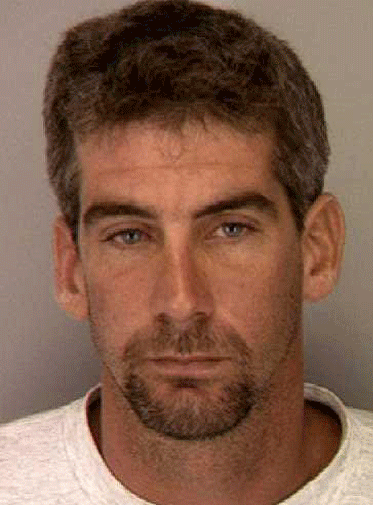Why Mugshots Don’t Help: Facial Recognition Software Good For Only Six Years Of Aging

Will simply getting older help ex-cons get away with murder?
Facial recognition technology can help identify criminals through databased images of mugshots, but faces change as people age. Researchers from Michigan State University now say six years is the magic threshold for when an image usually starts making the transition from helpful to useless.
Read: Should Children Be Charged as Adults?
A study in the journal IEEE Transactions on Pattern Analysis & Machine Intelligence relied on two databases containing police department mugshots, which serve as strong resources because of the “number of subjects, images per subject, and elapsed times.” In those databases were repeat offenders who had at least four photos taken over at least five years. The researchers found that almost all the people — more than 23,000 — could be properly identified up to six years after their mugshot was taken.
“Due to natural changes that occur to a face over time as a person ages, recognition accuracy begins to drop if the images of a person were taken more than six years apart,” the university said in a statement. But how fast the drop in accuracy occurs, varies: “Some people age faster than others due to lifestyle, health conditions, environment or genetics.”
A mugshot wouldn’t be the only type of image that could be used to identify someone — the general population takes photos for passports and state driver’s licenses, for example.
“This research shows the importance of capturing new images every four to five years to reduce the number of false positives or chance of not finding a candidate in a facial recognition search,” Michigan State Police biometrics and identification expert Pete Langenfeld said in the statement. Mugshots can’t be updated if a person isn’t arrested, but on a civil level, “applications that require updated facial images should look at reducing the time between captures if it is greater than every four years.”
© Copyright IBTimes 2024. All rights reserved.











